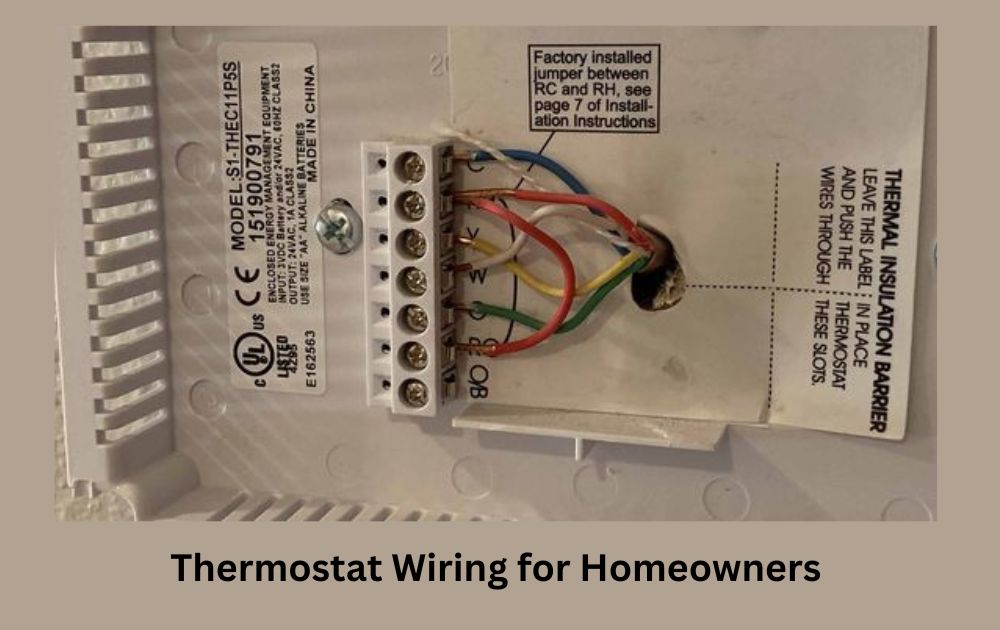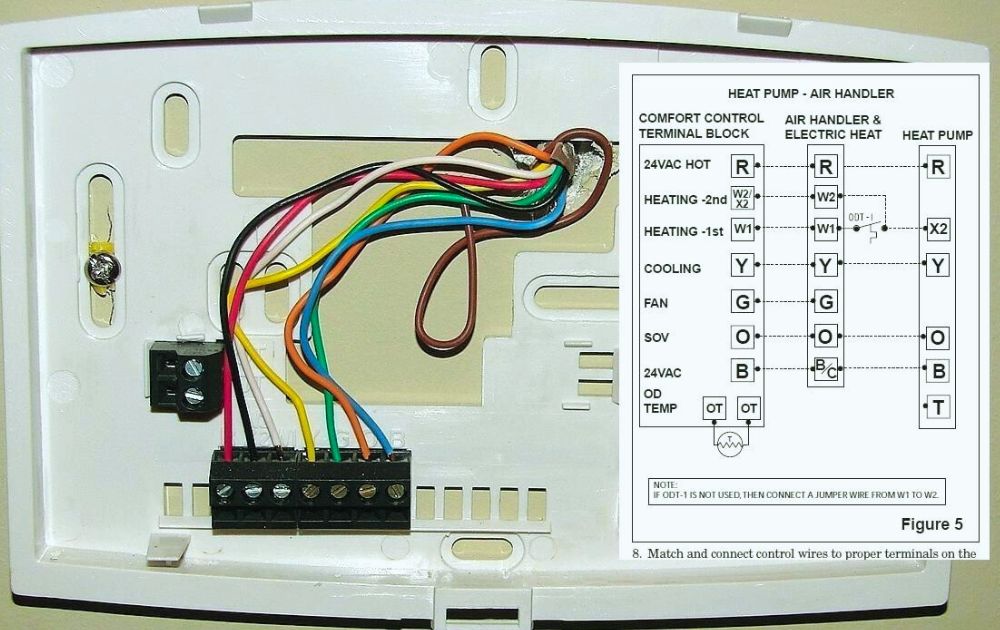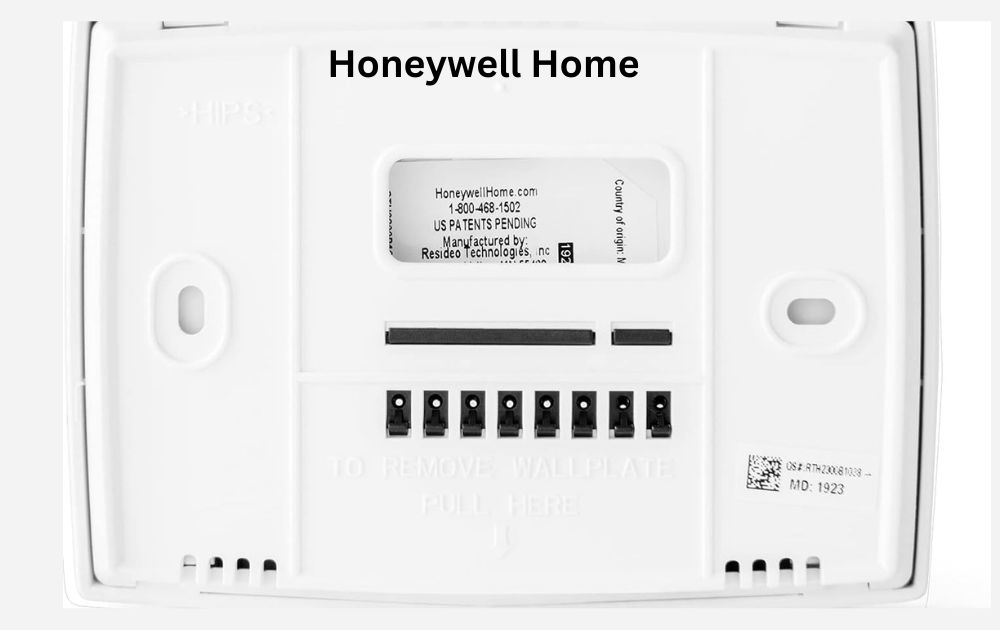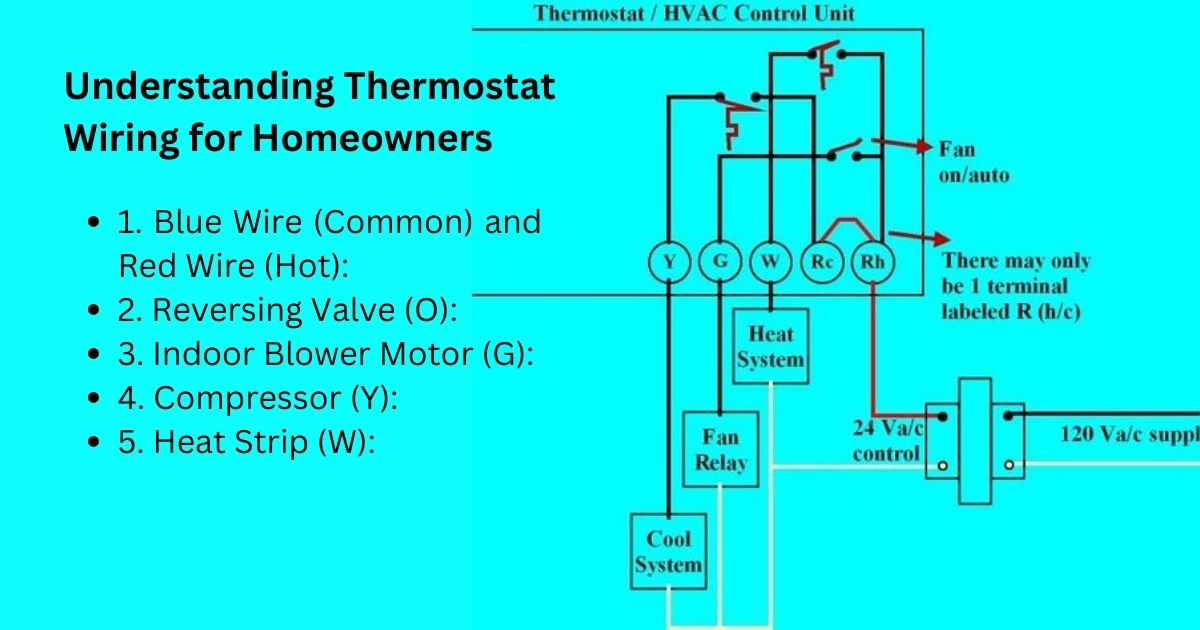Hey there, homeowners! Have you ever been in a situation where your heating or cooling system suddenly stops working, and you’re left wondering what to do? The world of thermostat wiring might seem like a complex puzzle, but in reality, it’s simpler than you think. In this blog post, we’ll break down the basics of thermostat wiring in a way that’s easy to understand, even for an average 11-year-old. So, let’s get started!

Table of contents
How to Wired Thermostat
- Why do I need to understand thermostat wiring as a homeowner?
Understanding thermostat wiring helps you troubleshoot and potentially fix common heating and cooling problems in your home. It can save you money on repair costs and ensure your comfort.
- Can I damage my HVAC system by tinkering with thermostat wires?
While some basic testing is safe, it’s essential to be cautious. Take pictures of the wires before making any changes, and if you’re unsure, consult a professional technician to avoid causing damage.
- What are the most crucial thermostat wires to know?
The essential wires are the common (blue), hot (red), reversing valve (O), indoor blower motor (G), compressor (Y), and heat strip (W). Understanding their functions can help you troubleshoot issues.
Understanding Thermostat Wires:
Thermostats are like the boss of your home’s heating and cooling. They use wires to tell the heating and cooling systems what to do. Here’s what you need to know about these wires:
1. Blue Wire (Common) and Red Wire (Hot):
- The blue wire is like the worker who helps with everything.
- The red wire is like the one that gives power.
- They connect to a transformer, which is like a power supply.
2. Reversing Valve (O):
This is like a switch that changes your system from making things warm to making things cool.
3. Indoor Blower Motor (G):
The green wire is like the button that starts the fan inside your house to blow cool air.
4. Compressor (Y):
The yellow wire is like the switch that starts the machine outside which makes the air cold.
5. Heat Strip (W):
The white wire is like a button for extra heat when cold outside.

Simple Troubleshooting
If your thermostat or heating and cooling system doesn’t work, here’s what you can try:
- Test Your Thermostat: If you think your thermostat is broken, connect the red, green, and yellow wires. If the fan and the cold machine outside start working, the thermostat might be.
- Emergency Heat: When it’s chilly and you need heat fast, connect the red, green, and white wires to turn on the extra heat inside your house.
- Cooling Mode: When it’s hot and you need cold air, temporarily connect the red, green, and yellow wires. This makes the outside machine and fan cool things down.
Conclusion
Don’t worry about thermostat wires being tricky. By knowing the basics and doing these simple tests, you can save time and maybe avoid spending money on repairs. Always take pictures before you change anything, and ask for help from a heating and cooling expert if things get too confusing.

FAQs
Start by checking the thermostat’s batteries, settings, and wiring connections. If everything seems fine, you might need to consult an HVAC professional to diagnose and fix the problem.
You can perform simple tests by temporarily connecting specific wires (e.g., red, green, and yellow) together to see if the system responds. If it does, it could be a thermostat problem.
Yes, wired thermostats’ precise control can lead to reduced energy consumption and lower utility bills over time.
Yes, using emergency heat (usually with the white wire) is okay when it’s exceptionally cold outside. It activates an additional heating source to keep your home warm.
Temporarily connecting wires can help you determine if the problem is with the thermostat or the HVAC system. However, for long-term mode changes, always use the thermostat settings.
If you discover damaged wires, it’s best to call a professional technician to repair or replace them. Damaged wires can cause safety hazards and system malfunctions.
Related Posts
Discover thermostat wiring made easy for homeowners! Troubleshoot and manage your home's temperature with simple steps.

